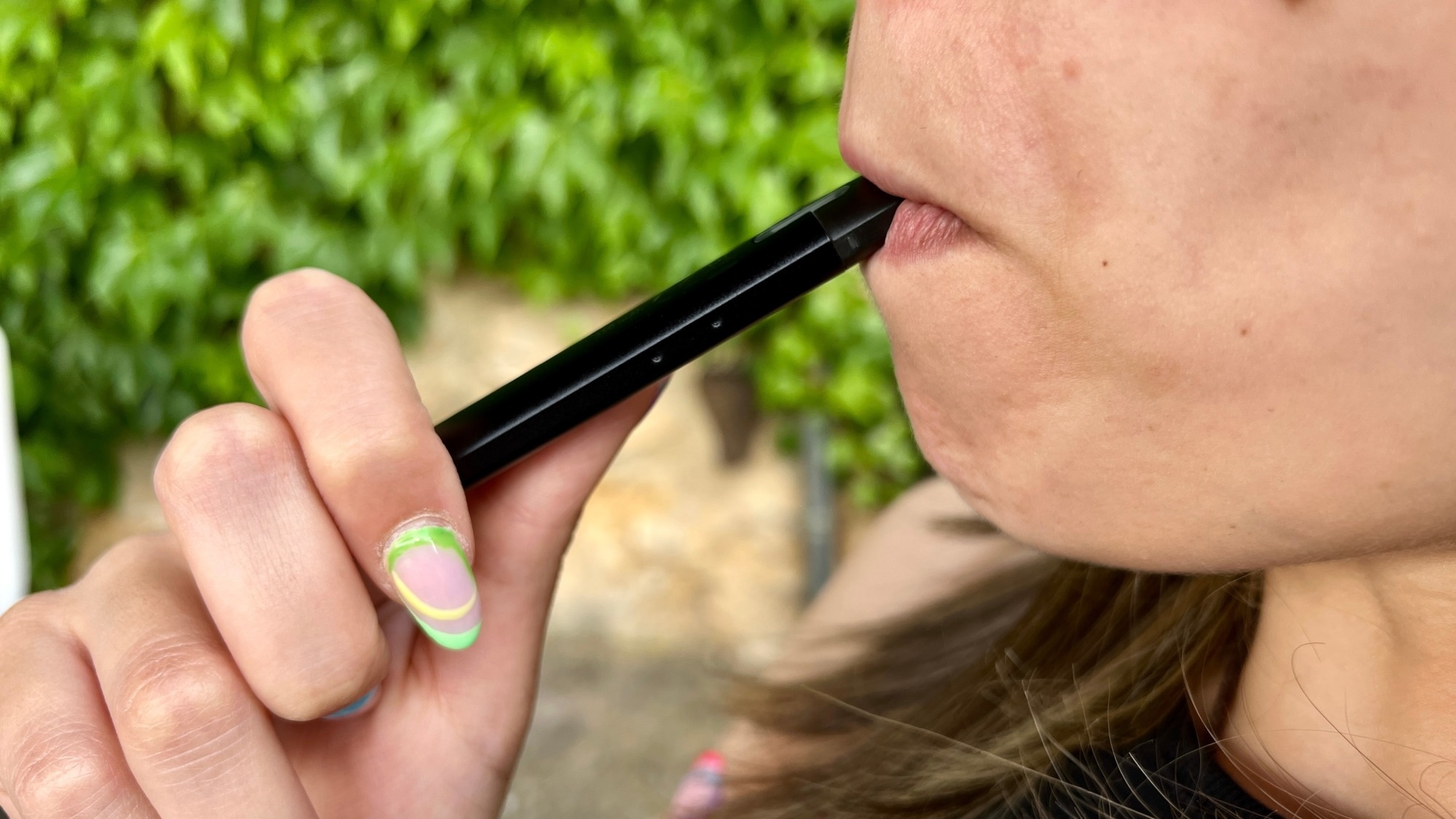The World Health Organization (WHO) has warned about the negative health consequences of e-cigarettes and the possibility that tobacco consumption is renormalized through public exposure to vaping. As a result, Australia has adopted a precautionary approach to regulating e-cigarettes. A new study, forthcoming in the Australian and New Zealand Journal of Public Health, studied the e-cigarette use and attitudes to vaping in a sample of Australians between the ages of 15 and 30. The key aim of the study was to provide novel insights to minimize the harm caused by e-cigarettes to young people.
 Study: E-cigarette attitudes and use in a sample of Australians aged 15–30 years. Image Credit: Powerlightss / Shutterstock
Study: E-cigarette attitudes and use in a sample of Australians aged 15–30 years. Image Credit: Powerlightss / Shutterstock
Background
In Australia, in most states, non-nicotine e-cigarettes can be sold to people aged 18 years and over. Except for online marketing, advertising of both non-nicotine and nicotine e-cigarettes is banned for most of the other types of media. Despite a restrictive regulatory environment, e-cigarette use among 18-24-year-olds almost doubled from 2.8% in 2016 to 5.3% in 2019.
E-cigarettes are known to contain an array of toxins, which are often mislabelled. While the combined use of tobacco and e-cigarettes could help some to quit smoking, this could be problematic due to a number of factors, such as higher overall nicotine intake, more sensitivity to smoking cues, and greater risk of adverse respiratory and cardiovascular outcomes.
About the Study
The current study explored various vaping-related behaviors and attitudes among Australian youth and young adults. Of key interest was young people's motivation to vape, use/intentions to use other tobacco products, usage locations, exposure to advertising, and awareness of the harms associated. Cannabis e-cigarette use, tobacco use, and dual use were also assessed, taking into account the interrelationships that exist between the use of these substances.
A nationally representative sample of 1,006 Australians completed an online survey. The participants were aged between 15 and 30 years. The aforementioned key areas of interest were included in the survey questionnaire. Descriptive and Chi-square analyses were performed to detect significant differences across groups, and multivariate logistic regressions were estimated to identify factors associated with either previous or current e-cigarette use.
Key Results
The results provide crucial information about how young people access and use e-cigarettes. In the current sample, the current use prevalence was estimated to be 14%, significantly larger than 4.8% among 25–29-year-olds and 4.5% among 15–24-year-olds. The ever-use (current or past) results were more comparable. It was previously documented that 41% of 18–39 years olds had tried or used e-cigarettes. The current study reported that 47% had used e-cigarettes, and this slightly higher number could be driven by the fact that the cohort was younger in this case.
Most current users reported vaping nicotine e-cigarettes, and most participants under 18 years found it relatively easy to obtain them in stores. This suggests that young people's e-cigarette use in Australia is happening via contraband devices, and regulations are being circumvented.
Current smoking status was found to be the strongest correlate of e-cigarette use. Additionally, the number of friends vaping was another key factor associated with e-cigarette use. This was alarming as most participants reported having at least one close friend who used e-cigarettes. It is, therefore, essential to managing environments to minimize the uptake of vaping by young people.
The survey respondents expressed preferences for products with fruit flavors and disposable e-cigarettes. About 25% of non-vapers showed curiosity about e-cigarettes. It is illegal to promote e-cigarettes in Australia and therefore, it is surprising that about 25% reported spotting ads at petrol stations and supermarkets.
Conclusions
A key limitation of the study was that participants were recruited online and could not have been as representative of the general population as imagined. The findings should not be generalized and more research is needed to validate the results documented here. Further, owing to the use of cross-sectional data, only correlation can be established and not causation. Third, no distinction was made between nicotine and non-nicotine e-cigarettes for other survey items (e.g., source and location of use). This was due to the inconsistent labeling of e-cigarette products in Australia. The uncertainty caused by labeling was quite evident in the survey sample, as about 25% of the users were unable to correctly specify the strength of the e-liquid they used.
In sum, the results have implications for Australia's approach to e-cigarette regulation. Despite the bans and restrictions, young adults seem to be exposed to vaping-related stimuli in their physical and social environments and appear to be able to readily obtain e-cigarettes. There is a need for much stronger surveillance and enforcement of regulations to minimize the harm done to young people by vaping.